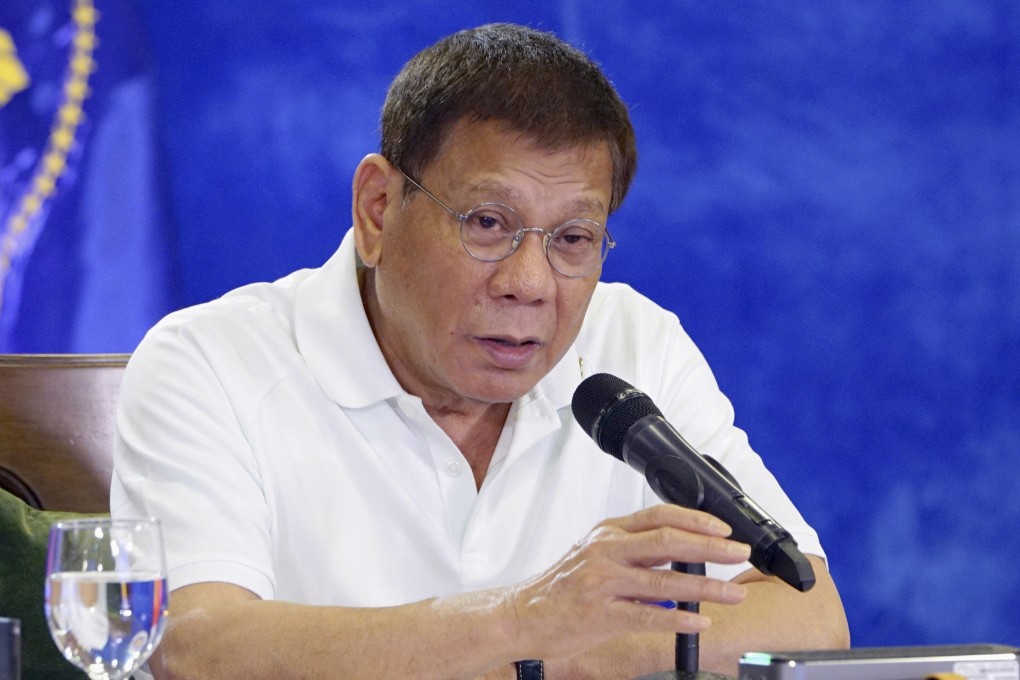Opinion | How the Philippines and US can save the Visiting Forces Agreement (and keep China at bay)
- Although Rodrigo Duterte has railed against defence pacts with the US, Washington can show its commitment to them through high-level talks
- With Beijing becoming more assertive in the South China Sea, Manila has the impetus to maintain robust security ties with the US

When Philippine Foreign Affairs Secretary Teodoro Locsin Jnr spoke to US Secretary of State Antony Blinken in late January, both stressed the relevance of the alliance in maintaining a free and open Indo-Pacific. Locsin suggested that the two sides would meet to discuss the VFA later this month.
Last week, Philippine Defence Secretary Delfin Lorenzana and his US counterpart, Lloyd Austin, held phone talks, with Austin affirming his country’s commitment to the alliance and both officials recognising the importance of modernising the Philippine military and bolstering military interoperability through joint activities.
There are two ways Washington can send a strong signal that it is keen to move past this rough patch and keep these military agreements, which give shape and form to the alliance. The first is to schedule high-level talks with the Philippines and the second is to make significant diplomatic appointments that underscore the importance of Manila to Washington. In all this, the US should be mindful that pressuring the Duterte government over democracy and human rights concerns will continue to cause tensions and could disrupt the VFA and EDCA anew.

The timing of any discussions on the VFA is in Washington’s favour. Recent developments in the South China Sea – such as China’s controversial new coastguard law, which it says gives it the right to fire on any foreign vessels in waters it claims – may provide the Philippines with the impetus for keeping robust security ties amid a fluid geopolitical environment.
